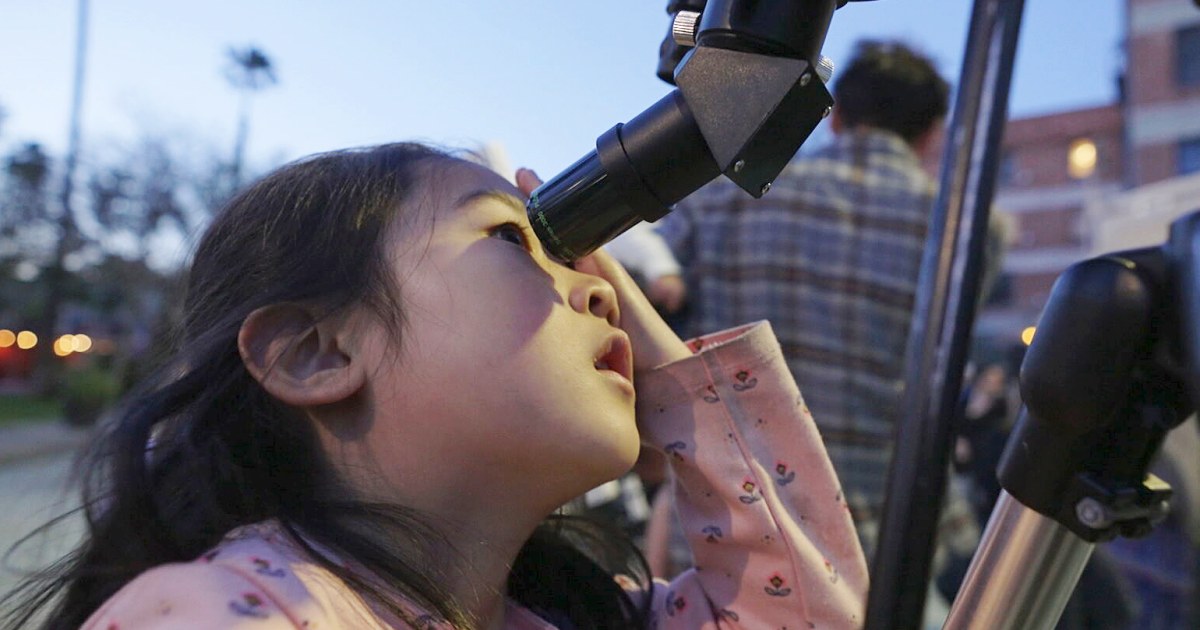
Upper Atmosphere Research Satellite (UARS)
Upper Atmosphere Research Satellite (UARS) was a NASA-operated orbital observatory that was launched in 1991 and was decommissioned in 2005. The satellite was designed to study the Earth's atmosphere, particularly the ozone layer, and was equipped with a suite of ten scientific instruments. UARS orbited the Earth at an altitude of approximately 600 km and had a polar orbit, which allowed it to observe the entire globe over the course of its mission. The data collected by UARS has contributed significantly to our understanding of the Earth's atmosphere and has been used to improve climate models and inform policy decisions related to the protection of the ozone layer.
Your Previous Searches
Random Picks
- Horizontal Situation Indicator: In the context of aerospace engineering, the Horizontal Situation Indicator (HSI) is a complex, aircraft flight instrument that provides the pilot with a comprehensive and clear visual representation of the aircraft's orientation relative t ... Read More >>
- Solar Thermal Collectors: Solar thermal collectors are devices that absorb sunlight to heat a fluid, which can then be used for space heating, water heating, or electricity generation. The most common types of solar thermal collectors are flat-plate collectors and c ... Read More >>
- Waste Management Systems: Waste Management Systems refer to the processes, technologies, and strategies used to collect, transport, treat, and dispose of waste materials generated by human activities in space. These systems are designed to ensure the safety of crew ... Read More >>
Top News

Easter's date remains divisive. Some church leaders want that to change...
Eastern and Western churches will celebrate Easter on the same day this year, while marking 1,700 years since the Council of Nicaea unified Christian doctrine...
News Source: ABC News on 2025-04-19

In a city of stars, Los Angeles astronomy club makes sure to keep looking up...
LOS ANGELES — While Los Angeles is home to the biggest stars in the world, a monthly get-together is proving that the city’s rich and famous have nothing on the universe....
News Source: NBC News on 2025-04-18

This week on "Sunday Morning" (April 20)...
A look at the features for this week's broadcast of the Emmy-winning program, hosted by Jane Pauley....
News Source: CBS News on 2025-04-17

Scientists detect strongest hints yet of life on a distant planet...
Scientists have detected unique chemical patterns similar to those produced by the Earth's algae and seaweed — raising the possibility of the presence of a warm ocean, perhaps teeming with life, on ...
News Source: NBC News on 2025-04-17

Is there life on another planet? Scientists find the strongest evidence yet...
Near a planet far, far away astronomers have found traces of chemicals that on Earth are only produced by living beings....
News Source: Al Jazeera English on 2025-04-17